

Articles
How To Remove Snow From Roof
Modified: August 17, 2024
Learn effective techniques to safely remove snow from your roof with these informative articles. Stay proactive in preventing potential damages caused by heavy snow buildup.
(Many of the links in this article redirect to a specific reviewed product. Your purchase of these products through affiliate links helps to generate commission for Storables.com, at no extra cost. Learn more)
Introduction
When winter arrives and the snow starts falling, it’s not only the roads and sidewalks that need to be cleared. The roof of your house is also at risk due to the weight and accumulation of snow. Removing snow from your roof is not just a matter of aesthetics; it is a crucial step in maintaining the structural integrity of your home and ensuring the safety of your family.
Heavy snow buildup can put excessive pressure on your roof, causing it to sag or even collapse. Additionally, as the snow begins to melt, it can seep into the roof shingles, leading to leaks and water damage inside your home. That’s why it’s important to take proactive measures to remove snow from your roof before it becomes a problem.
In this article, we will discuss the importance of removing snow from the roof, the signs of snow accumulation to watch out for, precautions and safety measures to take, the tools and equipment needed, a step-by-step guide on removing snow from the roof, alternative methods of snow removal, and post-removal maintenance and prevention tips. By following these guidelines, you can ensure the longevity of your roof and the safety of your household.
Key Takeaways:
- Prioritize safety and timely snow removal to prevent roof collapse, structural damage, and water leaks. Regular maintenance and inspections are crucial for the longevity of your roof.
- Utilize proper tools, alternative methods, and post-removal maintenance to ensure the safety and integrity of your roof during the winter season. Proactive care is key to preventing snow-related issues.
Read more: How To Remove Snow From A Driveway
Importance of Removing Snow from the Roof
Removing snow from your roof is not just a matter of convenience; it is a critical task that should not be overlooked. The weight of snow can put excessive strain on your roof and compromise its structural integrity. Here are some of the key reasons why it is important to remove snow from your roof:
- Prevent Roof Collapse: Accumulated snow can add a significant amount of weight to your roof. Over time, this weight can become too much for the roof to bear, leading to a collapse. Besides the danger it poses to your property, a collapsed roof can also put the lives of you and your family at risk. Removing the snow in a timely manner helps alleviate the strain and prevents such catastrophic incidents.
- Avoid Structural Damage: The weight of the snow can cause your roof to sag or even warp, leading to structural damage. This damage can extend beyond just the roof, affecting the walls and foundation of your home. By removing the snow, you can prevent these issues and maintain the structural integrity of your house.
- Prevent Ice Dams: When the snow on your roof starts to melt, it can refreeze at the edges, forming ice dams. These ice dams not only trap more snow and water on your roof, but they can also cause water to seep under the shingles, leading to leaks and water damage inside your home. By clearing the snow, you can prevent the formation of ice dams and the subsequent water damage.
- Maintain Energy Efficiency: A roof covered in snow acts as insulation, preventing heat from escaping your home. While this may sound like a good thing during the winter, it can increase your energy bills and strain your heating system. By removing the snow, you allow your roof to properly ventilate and maintain energy efficiency.
- Preserve the Longevity of Your Roof: By regularly removing snow from your roof, you can extend its lifespan. Excessive snow accumulation can lead to premature wear and tear, which can result in costly repairs or the need for a roof replacement. It is far more cost-effective to invest the time and effort in snow removal than to deal with the consequences of neglected maintenance.
As you can see, removing snow from the roof is a crucial task to ensure the safety of your home, prevent structural damage, avoid water leaks, maintain energy efficiency, and preserve the longevity of your roof. It is recommended to develop a snow removal routine and take action promptly after every snowfall.
Signs of Snow Accumulation on the Roof
It is important to be aware of the signs that indicate excessive snow accumulation on your roof. Identifying these signs early on can allow you to take prompt action and prevent potential damage. Here are some common indicators that you have snow buildup on your roof:
- Sagging or Bowing Roof: One of the most noticeable signs of snow accumulation is a visibly sagging or bowing roof. If you notice any areas of your roof that appear to be sinking under the weight of snow, it is a clear sign that you need to remove the snow as soon as possible. Ignoring this warning sign can lead to structural damage and even roof collapse.
- Icicles and Ice Dams: Icicles hanging from the edges of your roof are not only a beautiful winter sight; they can also indicate the presence of snow and ice accumulation on your roof. Icicles are formed when the snow melts and refreezes, and they can grow in size if the snow buildup is not addressed. Additionally, the formation of ice dams along the edges of the roof or in the gutters is a sign that the snow is not melting and draining properly.
- Roof Leaks or Water Stains: If you notice water stains or leaks on your ceiling or walls, it could be a result of melting snow seeping through the shingles. When the snow starts to melt, it can find its way into any vulnerable areas on your roof, leading to water damage inside your home. If you see any signs of water intrusion, it is crucial to inspect your roof for snow accumulation and take appropriate action.
- Excessive Ice damming or Icing: Along with icicles, excessive ice damming or the presence of thick ice on your roof can indicate a significant snow buildup. Ice dams occur when the snow melts and refreezes at the edges of the roof, preventing proper drainage. These ice dams can cause water to back up and enter your home, resulting in damage to your roof, walls, and insulation.
- Higher Energy Bills: If you notice a sudden increase in your energy bills during the winter, it could be a sign of snow accumulation on your roof. As mentioned earlier, a layer of snow acts as insulation, trapping heat inside your home. If your roof is covered in snow and your heating system is working harder to maintain a comfortable temperature, it will lead to higher energy consumption, reflected in your bills.
Being aware of these signs and regularly inspecting your roof during the winter season can help you identify snow accumulation early on. Addressing the issue promptly will prevent further damage and ensure the safety and integrity of your home.
Precautions and Safety Measures
Removing snow from the roof can be a taxing and potentially dangerous task if not done with proper caution. It is important to prioritize safety when undertaking this job. Here are some precautions and safety measures to keep in mind:
- Use Protective Gear: Before you start removing snow from the roof, ensure you are wearing appropriate protective gear. This includes a sturdy pair of gloves, slip-resistant boots, and a safety helmet. These items will provide necessary protection against injuries while working at heights and handling heavy snow loads.
- Be Mindful of Electrical Hazards: Pay attention to the location of power lines and electrical equipment around your roof. It is crucial to maintain a safe distance to avoid any contact with live wires. If you are uncertain or unsure about the proximity of electrical hazards, it is best to consult a professional or contact your power company for guidance.
- Have a Spotter: It is recommended to have someone nearby to act as a spotter while you are working on the roof. This person can keep an eye out for any potential hazards, offer assistance if needed, and provide additional support in case of an emergency.
- Use Sturdy and Appropriate Equipment: Make sure you have the right tools and equipment for snow removal. This may include a sturdy snow shovel, a roof rake with a long handle, and a safety harness. Ensure that your equipment is in good condition and suitable for the task at hand.
- Clear a Path: Before starting to remove snow from the roof, clear a safe pathway on the ground for easy and safe access. Remove any obstacles or hazards that could potentially cause slips, trips, or falls during the snow removal process.
- Watch for Icicles and Falling Snow: While removing snow, be cautious of the formation of icicles and falling snow. Icicles can break free unexpectedly, posing a risk to you or anyone standing below. If you notice large amounts of snow sliding or falling from the roof, make sure to clear the way and keep a safe distance.
- Take Breaks and Avoid Overexertion: Snow removal can be physically demanding, especially when dealing with heavy snow. Take regular breaks to avoid overexertion and listen to your body. If you feel tired or fatigued, pause your work and rest before continuing.
- Consult a Professional if Necessary: If you are unsure or uncomfortable with removing snow from your roof, or if your roof is steep or difficult to access, it is advisable to seek professional assistance. Hiring a licensed and experienced snow removal service can ensure that the task is done safely and effectively.
By taking these precautions and following the necessary safety measures, you can reduce the risk of accidents and injuries while removing snow from your roof. Remember, your safety is paramount, and it is better to seek professional help if you are unsure about the process or your own capabilities.
Tools and Equipment Needed
Having the right tools and equipment is essential for safe and effective snow removal from your roof. Here are some of the tools you may need:
- Snow Shovel: A sturdy snow shovel with a wide blade is a basic and important tool for removing snow from your roof. Choose a shovel with a long handle to minimize the need for excessive bending or reaching.
- Roof Rake: A roof rake is a specialized tool designed for removing snow from the roof while you remain on the ground. It typically has a telescopic handle that can reach the roof and a blade or rake head that allows you to pull the snow off the roof’s surface. Make sure to choose a roof rake that is suitable for the pitch of your roof.
- Safety Harness: When working on a steep or slippery roof, it is crucial to have a safety harness and a tethering system in place. This will help prevent falls and keep you secured to the roof while you remove snow. Ensure that the safety harness fits properly and is in good condition.
- Broom or Brush: A broom or brush with soft bristles can be handy for sweeping away lighter snow accumulations, especially on flat or low-pitched roofs. This can help minimize any potential damage to the roof surface.
- Ladder: Depending on the height of your roof, you may need a ladder to access it safely. Choose a sturdy and stable ladder with non-slip feet. Ensure that the ladder is securely placed on a level surface and that it is positioned at a safe angle.
- Safety Equipment: As mentioned earlier, it is crucial to wear appropriate safety gear while removing snow from the roof. This includes gloves, slip-resistant boots, and a safety helmet. These items will protect you from potential injuries and ensure your safety while working at heights.
- Snow Melt Products: In certain situations, using snow melt products can be helpful. These products, such as calcium chloride or ice melt crystals, can be applied to the roof to help melt the snow and prevent ice dam formation. However, it is important to use these products judiciously and avoid using them on roofs with delicate or sensitive materials.
- Extension Poles: Extension poles can be useful for reaching higher areas of the roof with a roof rake or shovel. These adjustable poles can extend your reach and allow you to safely remove snow without the need for climbing onto the roof.
Prior to starting the snow removal process, inspect your tools and equipment to ensure they are in good condition. Additionally, familiarize yourself with the proper usage of each tool to maximize efficiency and safety during the snow removal process.
Use a roof rake to safely remove snow from your roof. Start from the edge and work your way up, being careful not to damage the shingles. This will help prevent ice dams and potential roof damage.
Read more: How To Remove Shingles From Roof
Step-by-Step Guide on Removing Snow from the Roof
Removing snow from your roof requires careful planning and execution to ensure safety and effectiveness. Follow this step-by-step guide to remove snow from your roof:
- Assess the Situation: Before starting, take a good look at the snow accumulation on your roof. Identify any areas with significant snow buildup or signs of structural stress, such as sagging or bowing. This assessment will help you prioritize your efforts and determine the best approach.
- Safety Preparations: Put on your safety gear, including gloves, slip-resistant boots, and a safety helmet, before you begin. Make sure your ladder is sturdy and properly positioned if you need to access the roof.
- Start from the Ground: Use a roof rake with a long handle to remove snow from the ground level. Gently pull the rake across the roof, starting from the roof edge and working your way up. Be cautious not to push or force the rake against the roof, as this can damage the shingles or other roofing materials.
- Work in Sections: Divide your roof into manageable sections and focus on one area at a time. Clear the snow from each section completely before moving on to the next. This approach will help distribute the weight more evenly and reduce the risk of roof damage.
- Shovel Away Excess Snow: For areas with heavier snow accumulation, use a snow shovel to remove the excess snow. Start from the roof edge and work your way up, pushing the snow off the roof and onto the ground. Be mindful of the direction in which you throw the snow to avoid hitting anyone or causing damage.
- Use Extension Poles for Hard-to-Reach Areas: If you cannot safely reach certain areas of the roof with a roof rake or shovel, use extension poles to extend your reach. Attach the rake or shovel to the pole and carefully remove the snow from those difficult-to-access sections.
- Avoid Ice Dam Removal: While removing snow, avoid forcefully breaking or chipping away at ice dams. This can cause damage to your roof, gutters, or shingles. If you have significant ice dam formation, it is advisable to consult a professional for proper removal techniques.
- Clear Gutters and Downspouts: After removing snow from the roof, check the gutters and downspouts to ensure they are not blocked or clogged. Clear any debris or ice buildup to ensure proper drainage and prevent water damage.
- Perform Post-Removal Inspection: Once you have cleared the snow from your roof, inspect the roof for any damage, including leaks, broken or damaged shingles, or signs of structural stress. Address any issues promptly or seek professional assistance if needed.
- Maintain Ongoing Roof Maintenance: Regularly monitor your roof throughout the winter season and after each snowfall. Promptly remove any new snow or ice buildup to prevent further damage and maintain the integrity of your roof.
Remember, safety should always be your top priority when removing snow from your roof. If you are uncomfortable with the process or unable to safely access your roof, consider hiring a professional snow removal service to assist you.
Alternative Methods of Snow Removal
While using a roof rake and shovel are common methods for removing snow from the roof, there are alternative methods you can explore. These methods may be useful for different types of roofs or in situations where traditional methods may not be feasible. Here are a few alternatives to consider:
- Snow Melt Systems: Snow melt systems are installed on the roof and use electrical heating elements or hot water pipes to melt snow and ice. These systems are particularly beneficial for flat or low-pitched roofs where snow removal can be challenging. It is important to consult a professional for proper installation and to ensure the system is suited to your specific roof requirements.
- Steam-Based Snow Removal: Steam-based snow removal involves using a steam machine to melt snow and ice on the roof’s surface. This method can be effective in delicate roof situations where mechanical snow removal may cause damage. However, steam-based snow removal requires specialized equipment and trained professionals.
- Chemical Sprays: Chemical sprays or de-icing agents can be applied to the roof to melt snow and ice. Calcium chloride and other ice melt products can promote snow melting and help prevent ice dams. However, it is important to use these products judiciously and follow manufacturer instructions, as they may cause damage to certain roofing materials.
- Professional Snow Removal Services: If your roof is difficult to access or you are not comfortable removing snow yourself, hiring a professional snow removal service is a viable option. These professionals have the expertise and equipment to safely remove snow from your roof without causing damage. They can also provide post-removal inspection and maintenance to ensure the integrity of your roof.
- Solar-Powered Roof Panels: In some instances, solar panels installed on the roof can aid in snow removal. When the sun shines on the panels, they generate heat, helping to melt the snow faster. However, it is important to consider the efficiency and output of your solar panels during the winter months.
It is crucial to weigh the pros and cons of alternative snow removal methods based on your specific roof type, weather conditions, and individual needs. Consult with professionals or roofing experts to determine the most suitable method for your situation.
Post-Removal Maintenance and Prevention Tips
After successfully removing snow from your roof, it is important to perform post-removal maintenance and take preventive measures to ensure the long-term health of your roof. Here are some helpful tips to follow:
- Inspect for Damage: After removing the snow, carefully inspect your roof for any signs of damage, such as broken or damaged shingles, leaks, or structural issues. If you notice any issues, it is important to address them promptly to prevent further damage or water infiltration.
- Clear Gutters and Downspouts: Make sure your gutters and downspouts are clear of any debris or ice buildup. This will help with proper drainage and prevent water from accumulating on the roof.
- Trim Overhanging Tree Branches: Trim any tree branches that hang over your roof. During winter storms, overhanging branches can collect snow and create added weight and strain on your roof.
- Consider Roof Insulation: Proper roof insulation helps prevent ice dam formation and reduces heat loss from your home. Adequate insulation helps maintain uniform roof temperature and prevents snow from melting unevenly, reducing the risk of ice dams.
- Improve Roof Ventilation: Proper roof ventilation allows for the escape of warm air, preventing snow from melting excessively and contributing to ice dam formation. Ensure that your attic or roof space is well-ventilated to maintain a consistent temperature.
- Remove Snow from Walkways and Driveways: Clearing snow from walkways, driveways, and other areas surrounding your home is important for safety. It prevents ice buildup and reduces the risk of slips and falls.
- Regular Roof Inspections: Schedule regular roof inspections, especially before and after winter. Professional inspections can help identify potential issues, such as damaged shingles, loose flashing, or inadequate insulation, that may compromise the integrity of your roof.
- Consider Professional Roof Maintenance: Enlisting the services of professional roof maintenance experts can ensure your roof receives proper care and attention. They can offer guidance on preventive measures, conduct regular inspections, and address any roofing concerns to maintain the longevity of your roof.
By following these post-removal maintenance tips and taking preventive measures, you can help prolong the lifespan of your roof, prevent future snow-related issues, and ensure the safety and comfort of your home. Regular maintenance and timely repairs are key to keeping your roof in optimal condition throughout the year.
Conclusion
Removing snow from your roof is a crucial task that should not be overlooked during the winter season. By taking proactive measures to remove snow, you can prevent potential damage to your roof and ensure the safety of your home and family.
The weight of accumulated snow can put enormous strain on the structure of your roof, leading to sagging, roof collapses, or water damage. Additionally, the formation of ice dams can cause water to seep into your home, resulting in leaks and further structural damage.
Throughout this article, we have emphasized the importance of removing snow from your roof, signs of snow accumulation to watch out for, precautions and safety measures to take before and during the snow removal process, necessary tools and equipment, step-by-step guide on removing snow, alternative methods of snow removal, and post-removal maintenance tips.
It is crucial to prioritize safety and have the right tools and protective gear before attempting to remove snow from your roof. If you have a steep or difficult-to-access roof, or if you are uncomfortable with the process, it is always wise to seek professional assistance.
By regularly inspecting your roof and following proper snow removal techniques, you can prevent potential roof collapses, structural damage, and water leaks. Remember to clear your gutters, perform post-removal maintenance, and consider improvements such as roof insulation and ventilation to further protect your home.
Be proactive and prioritize the maintenance and care of your roof during the winter season. Taking the necessary steps to remove snow from your roof will ensure its longevity, maintain the safety of your home, and provide you with peace of mind during the snowy months.
Frequently Asked Questions about How To Remove Snow From Roof
Was this page helpful?
At Storables.com, we guarantee accurate and reliable information. Our content, validated by Expert Board Contributors, is crafted following stringent Editorial Policies. We're committed to providing you with well-researched, expert-backed insights for all your informational needs.
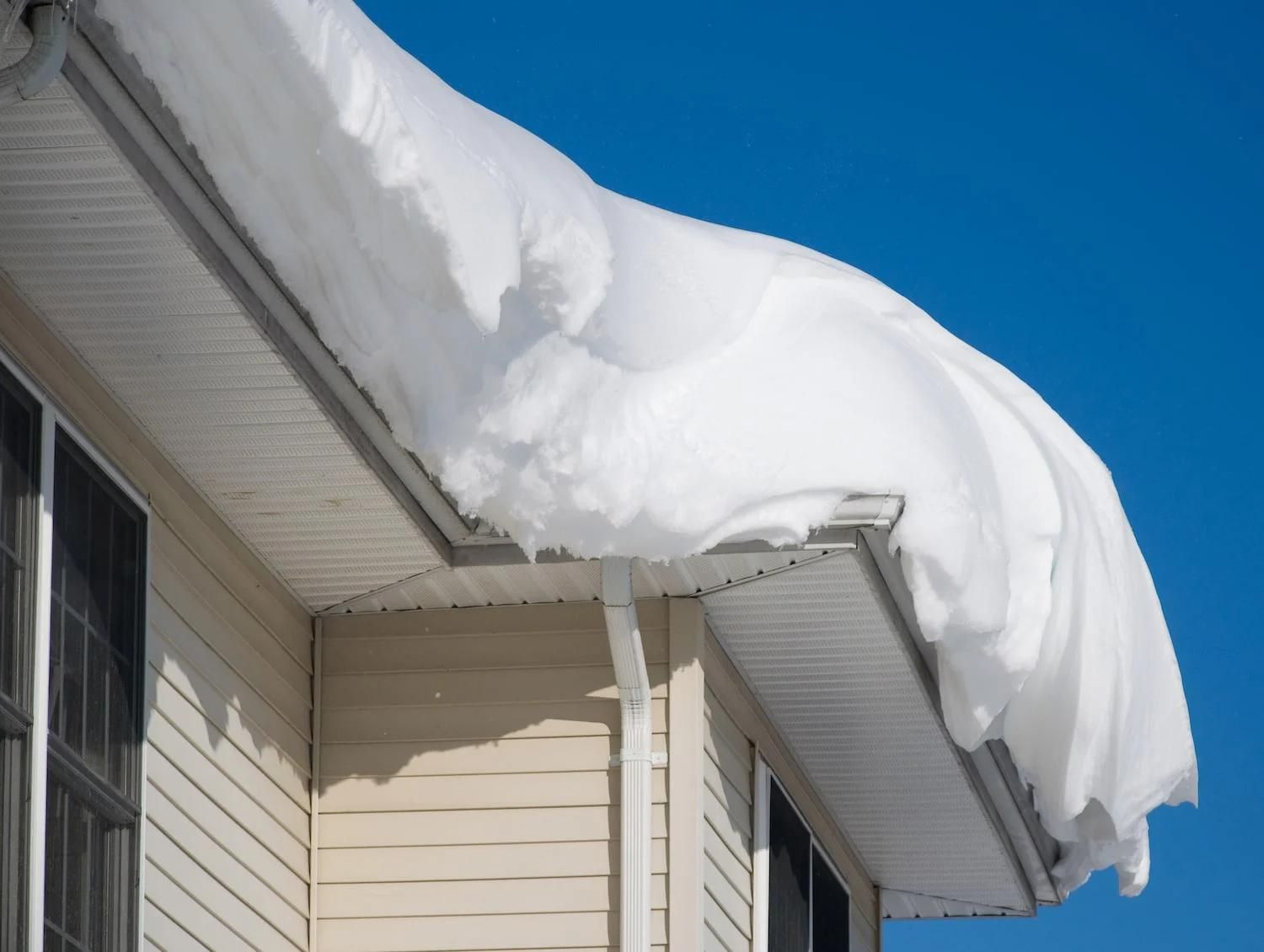
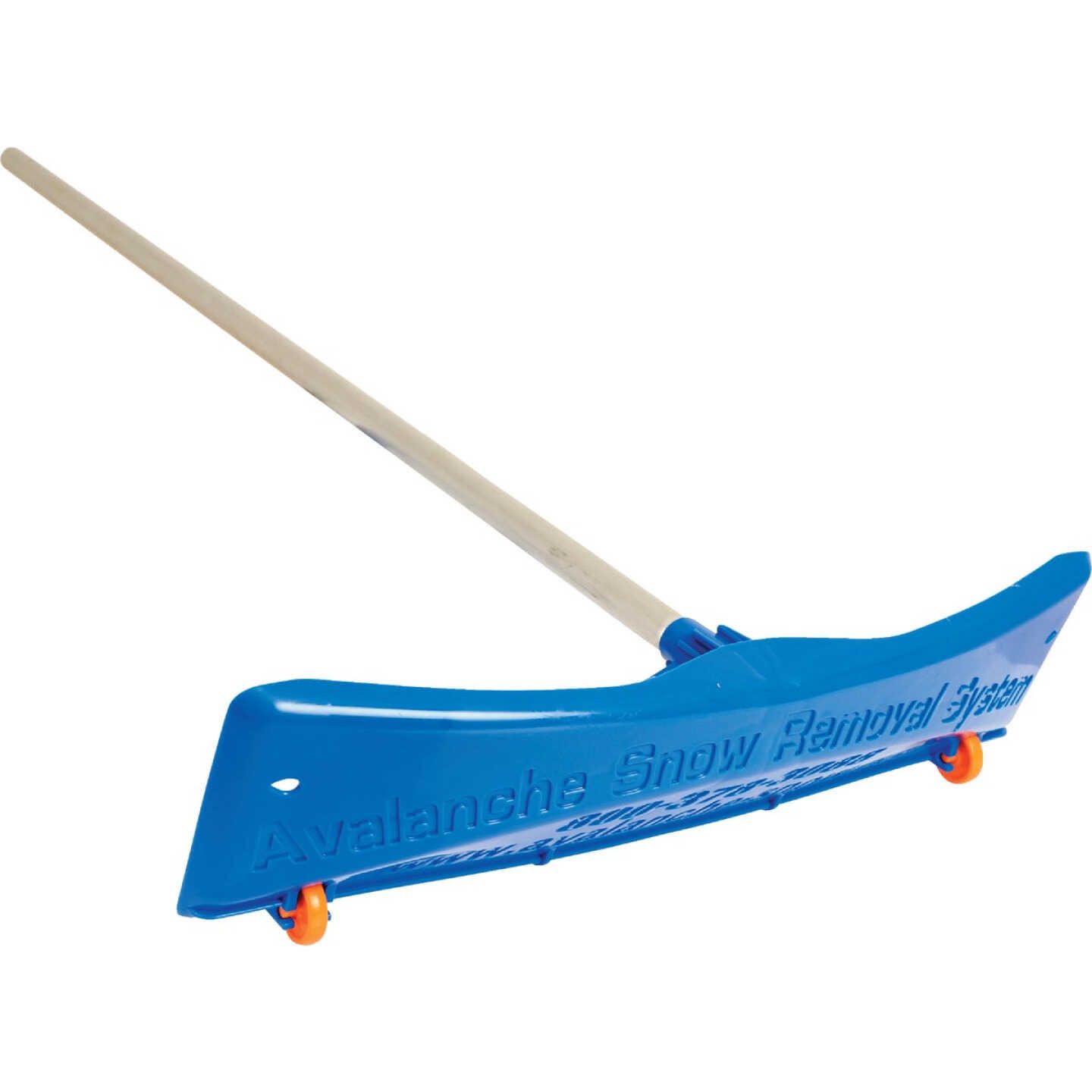
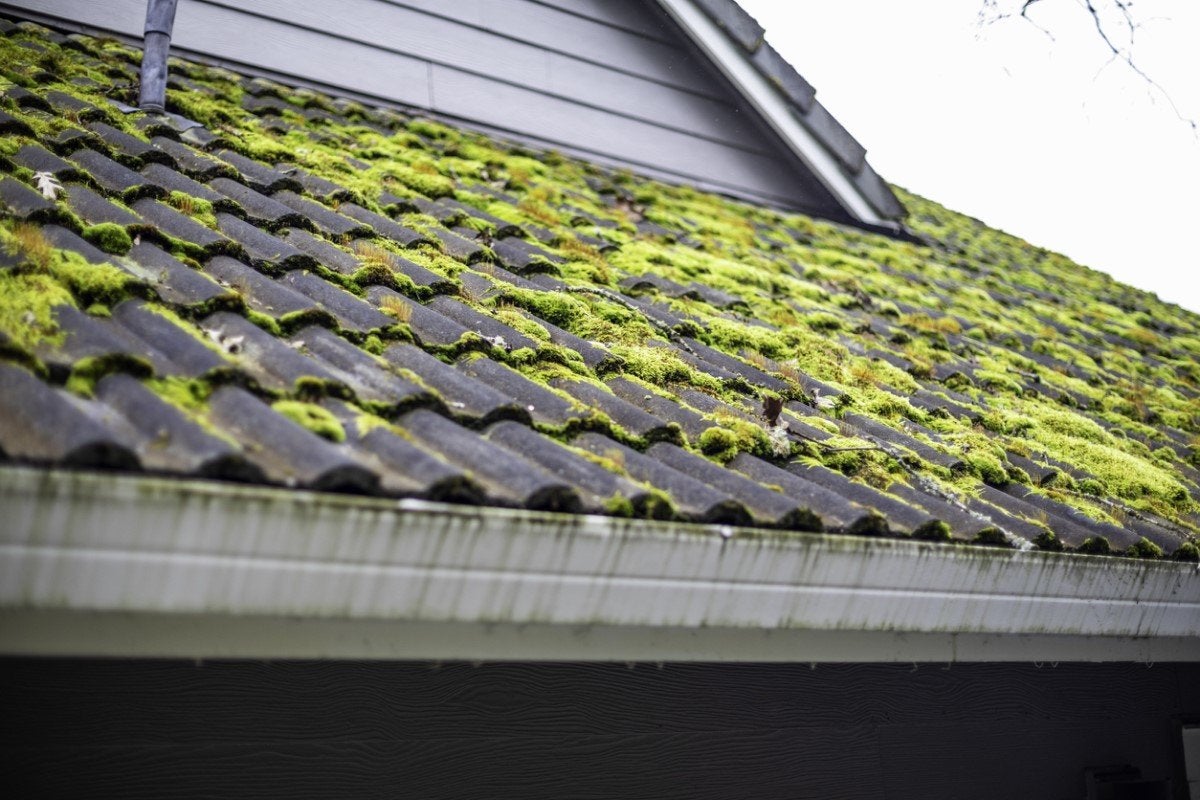
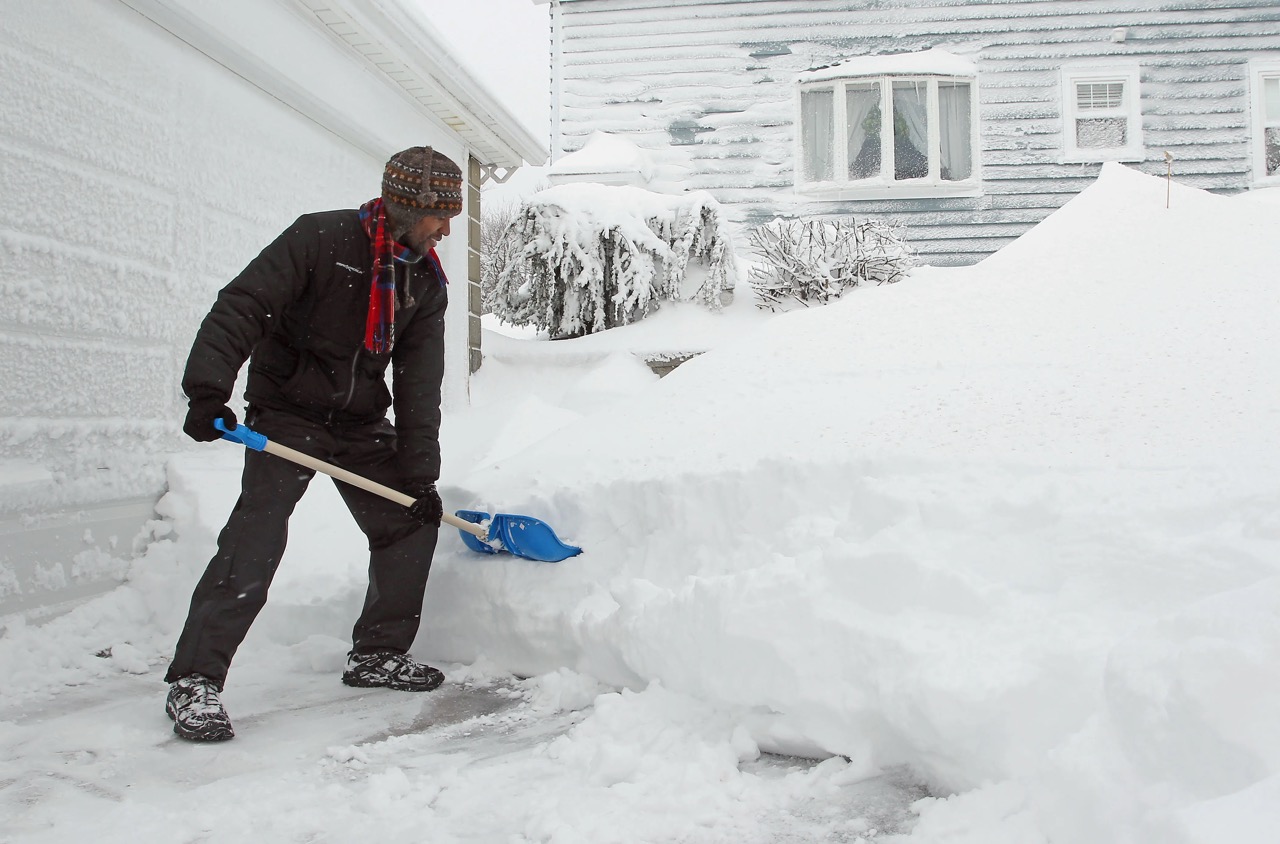
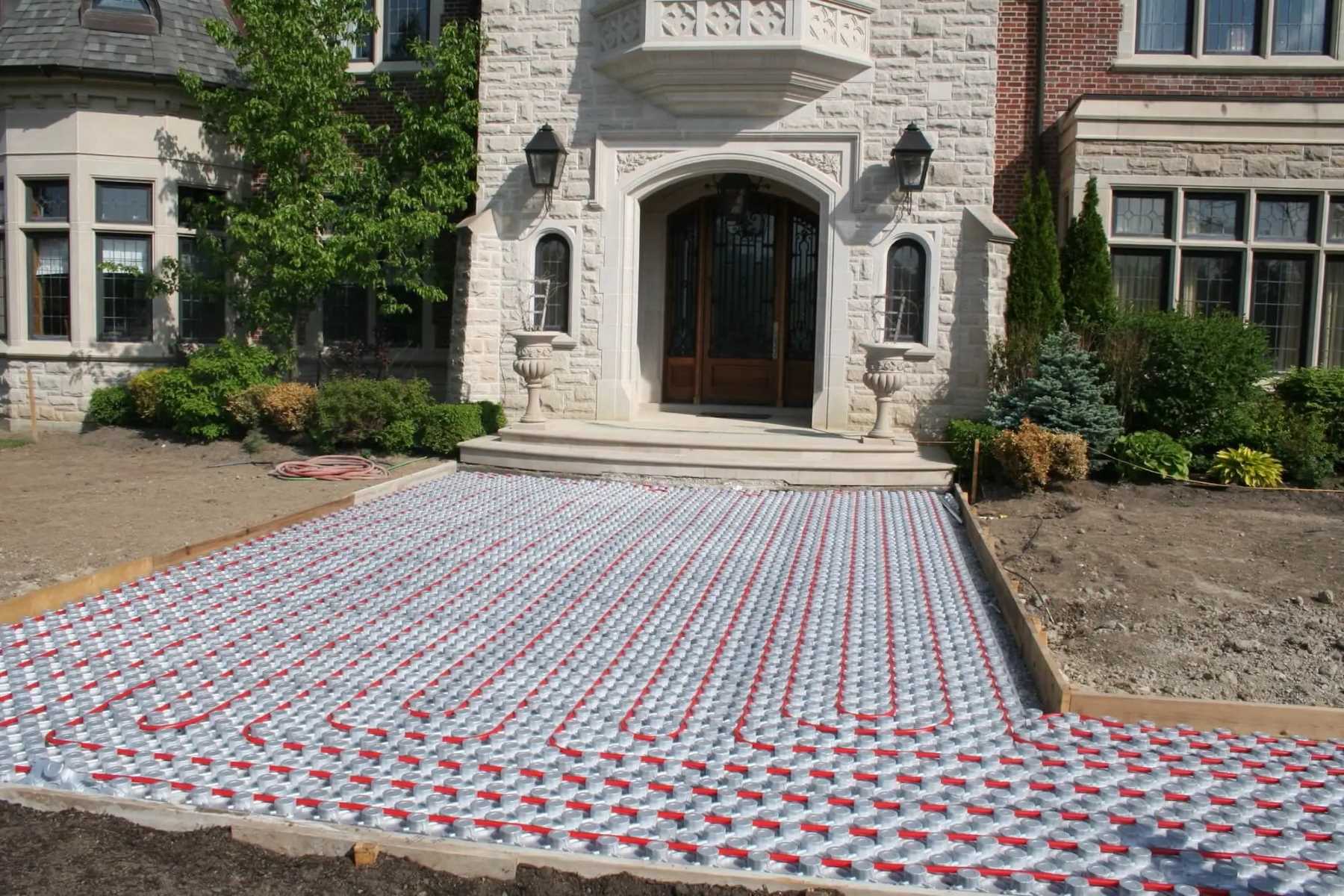
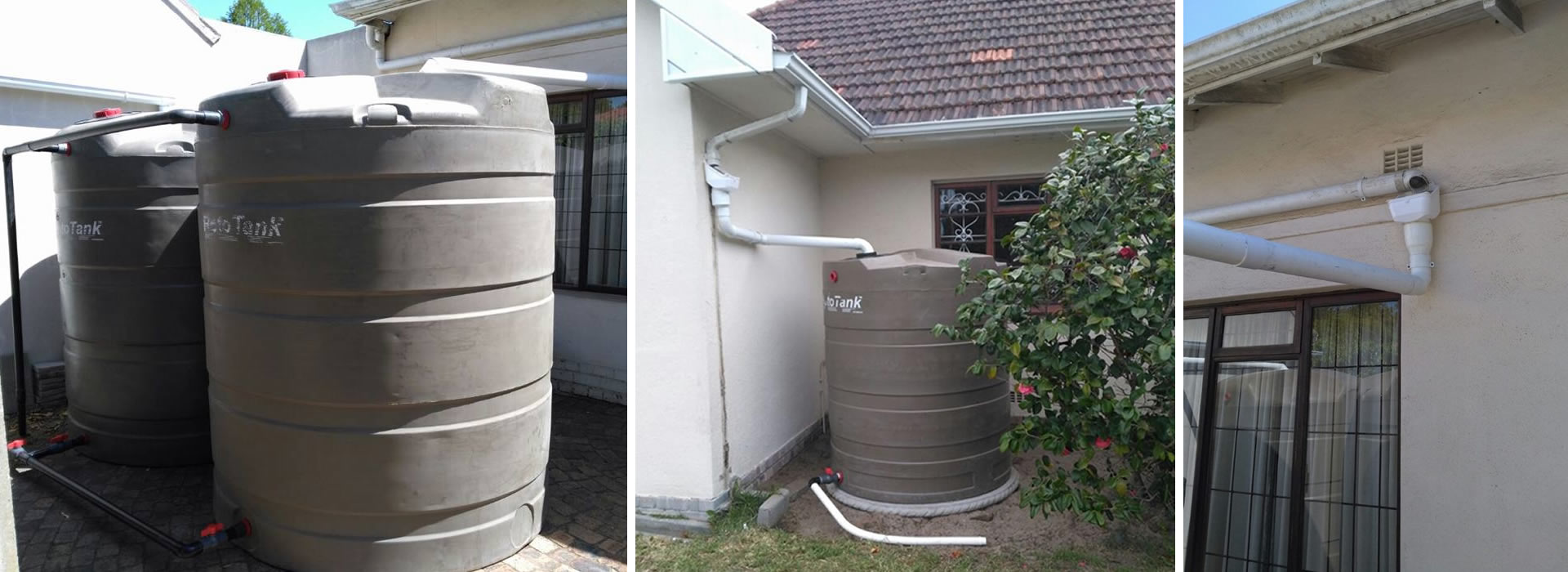

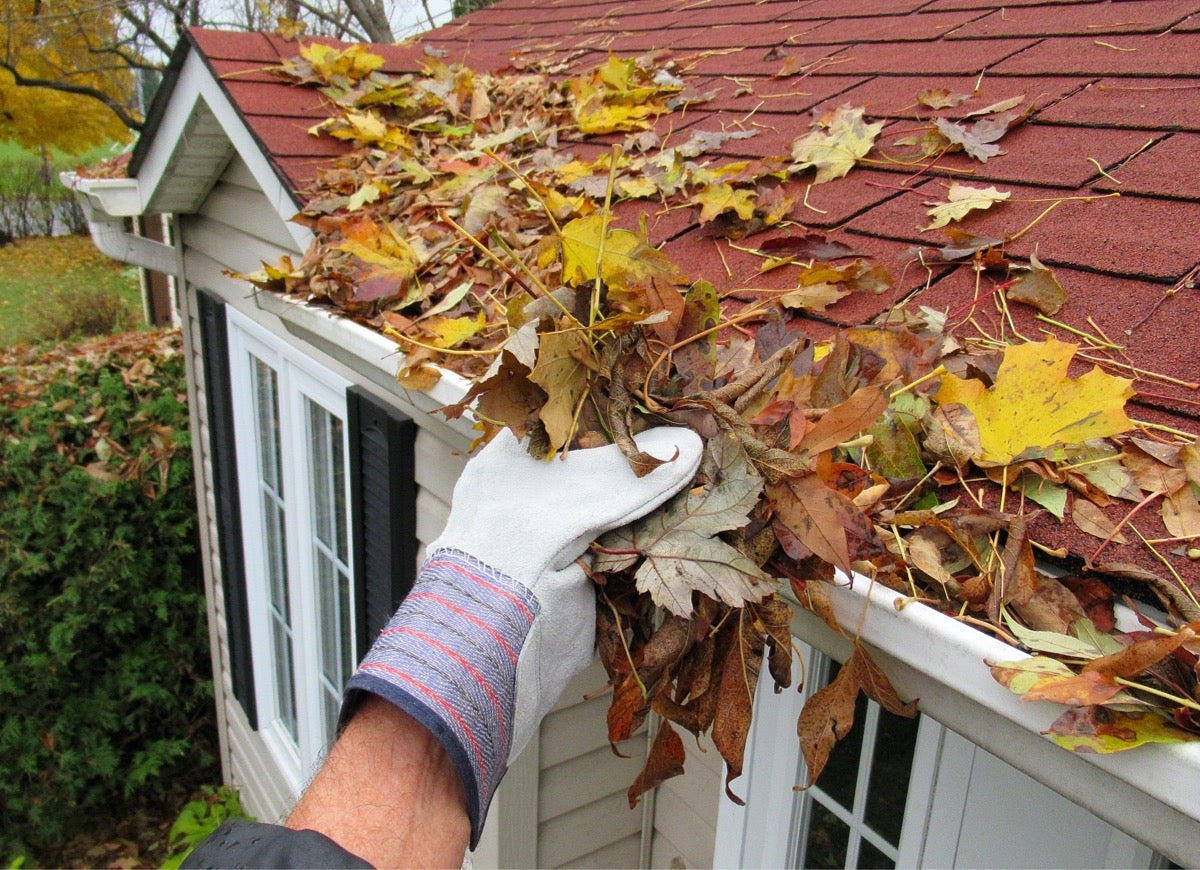
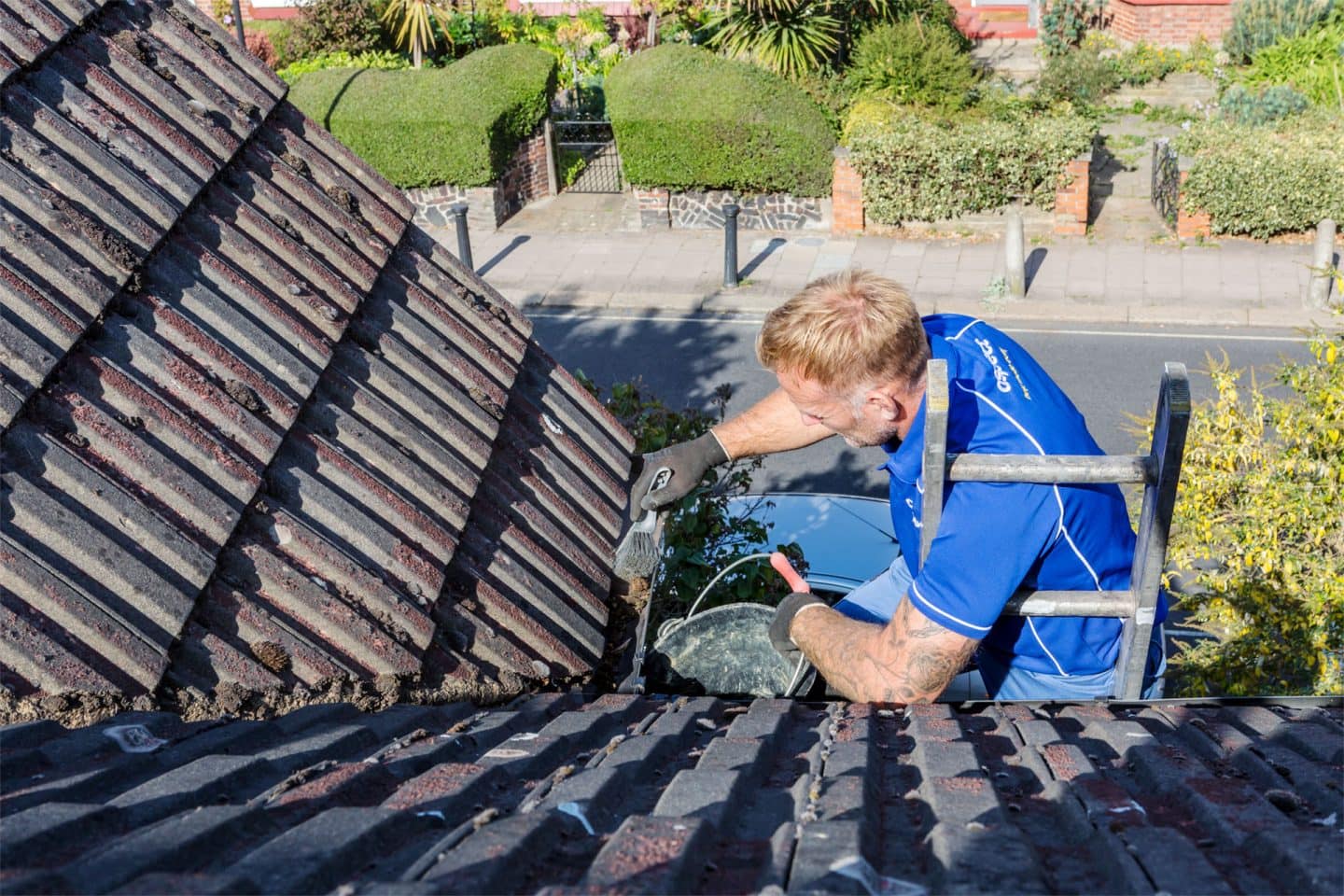
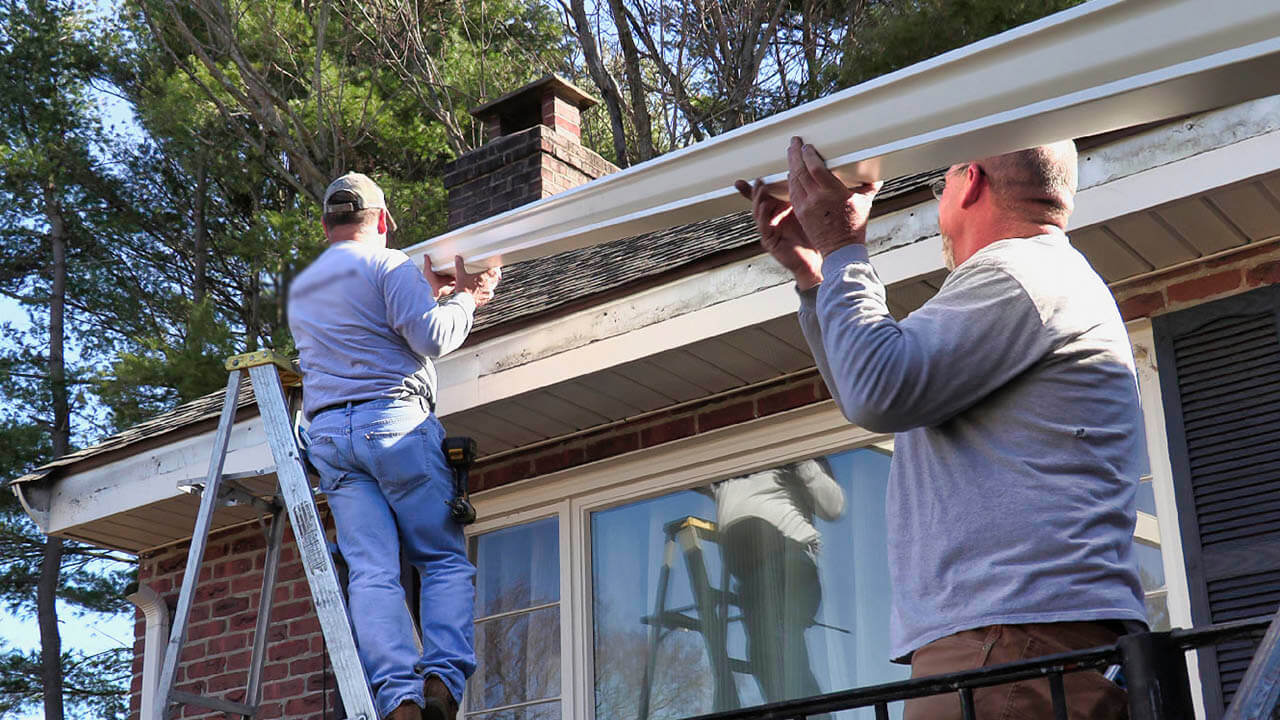
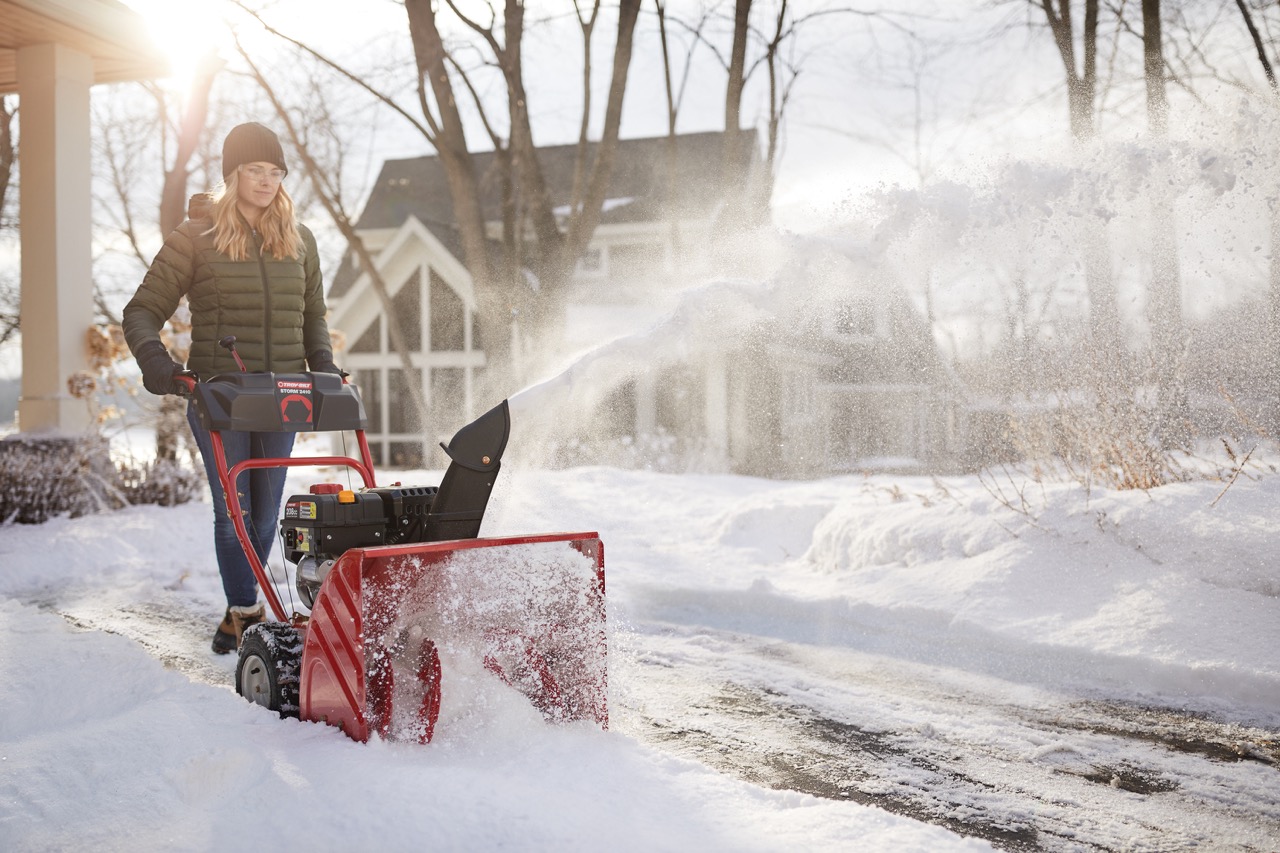
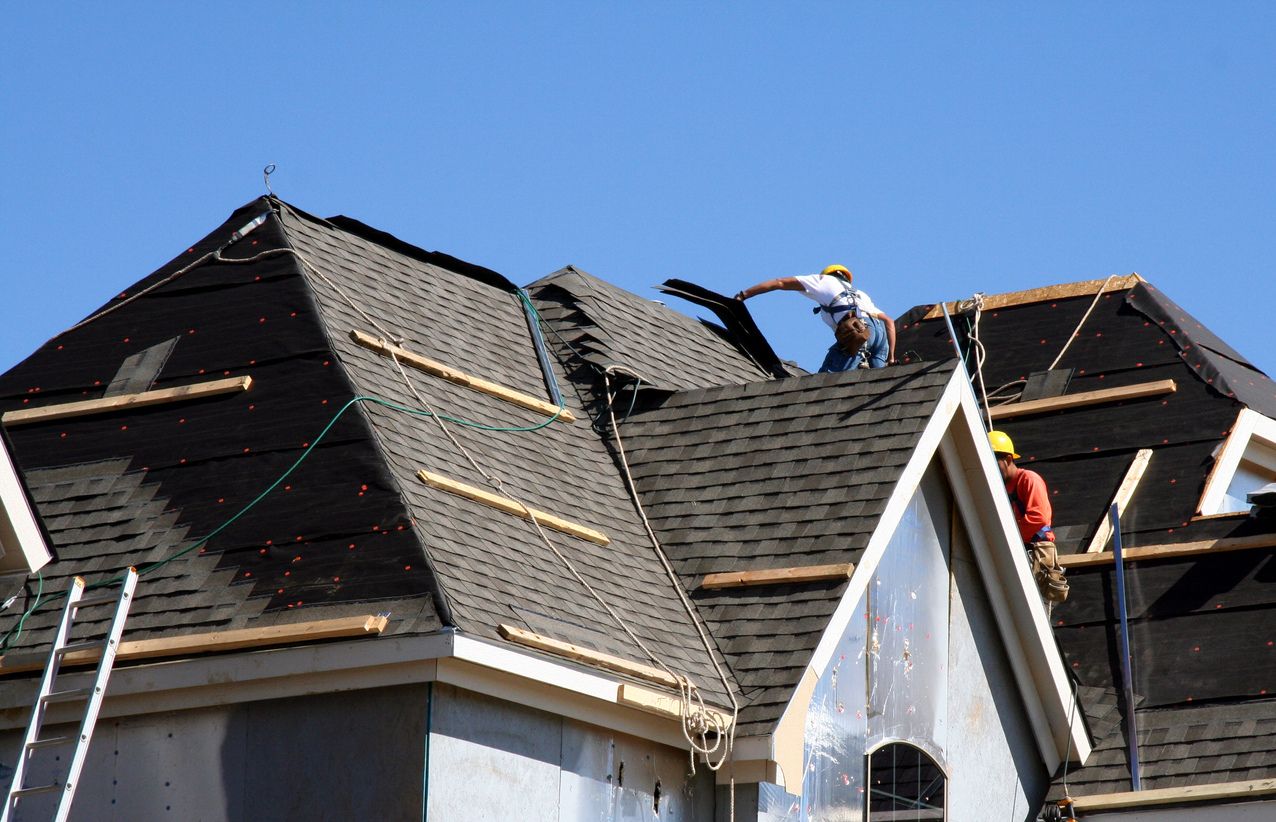
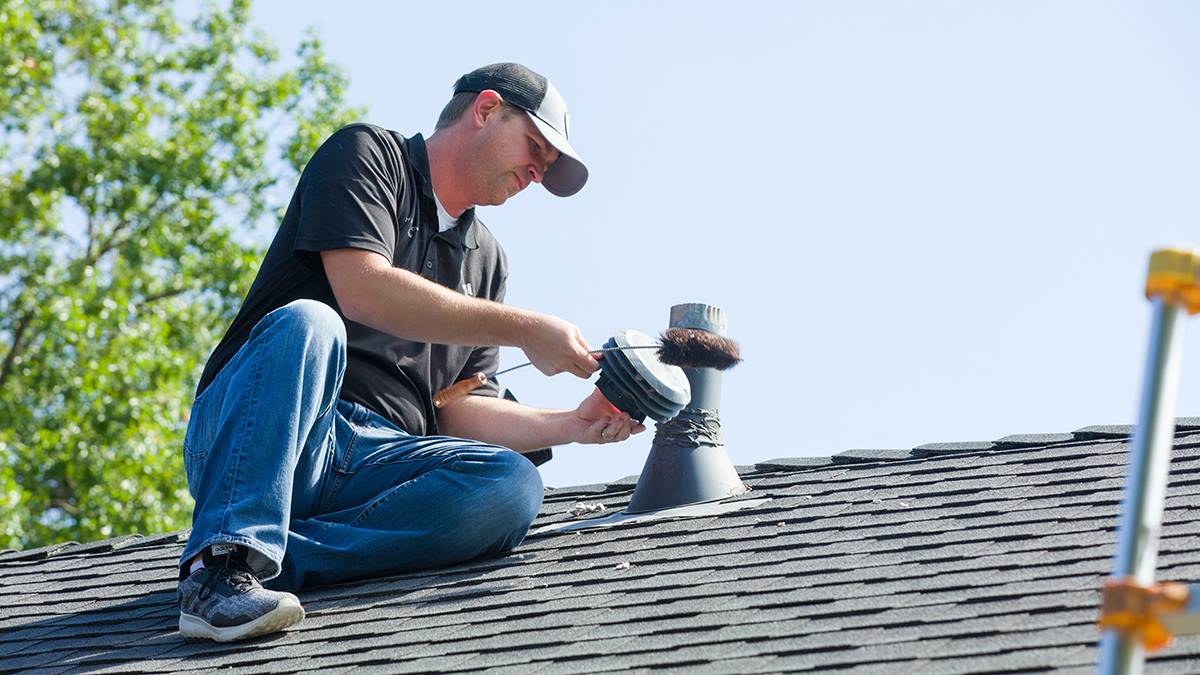
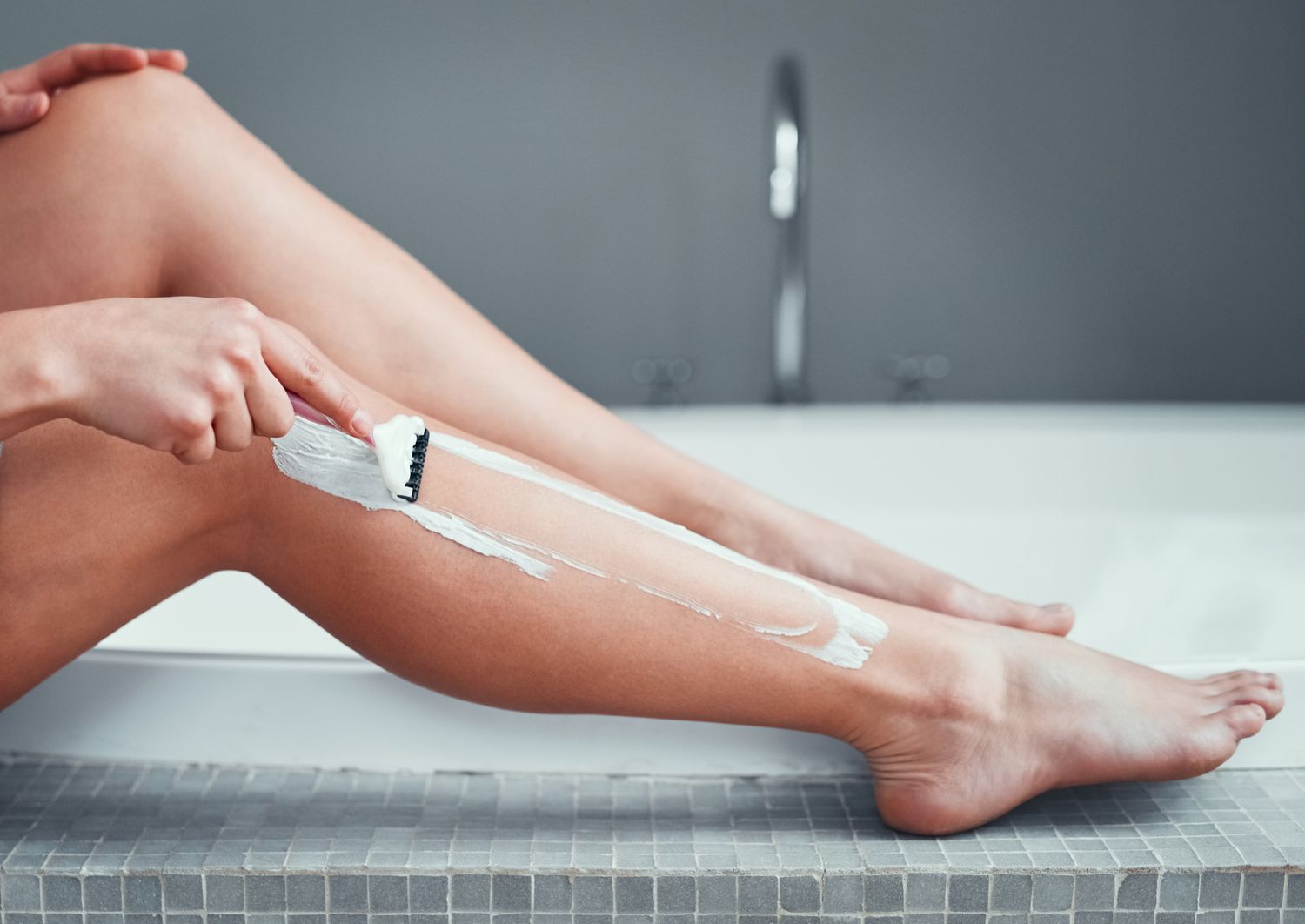

0 thoughts on “How To Remove Snow From Roof”